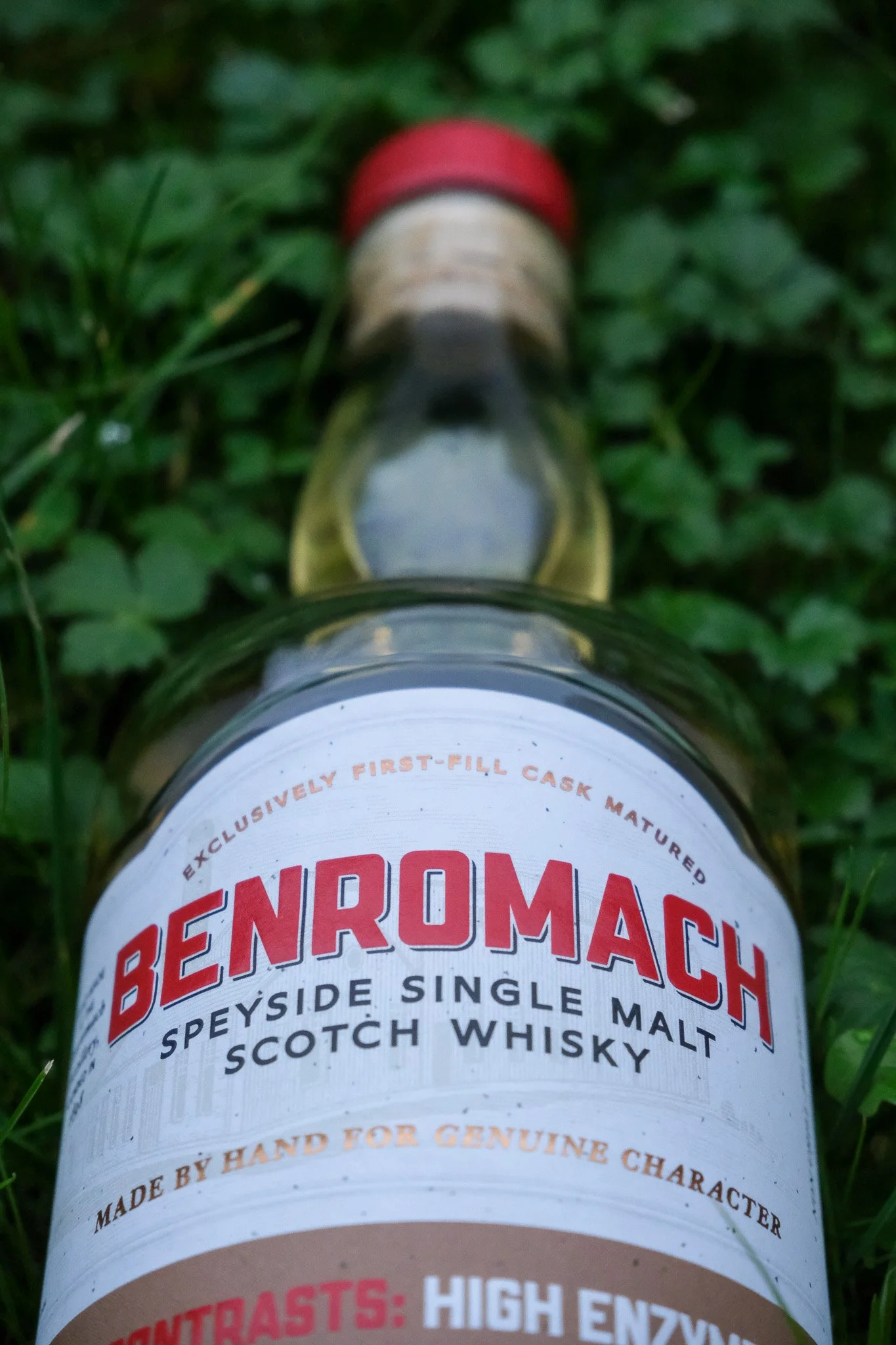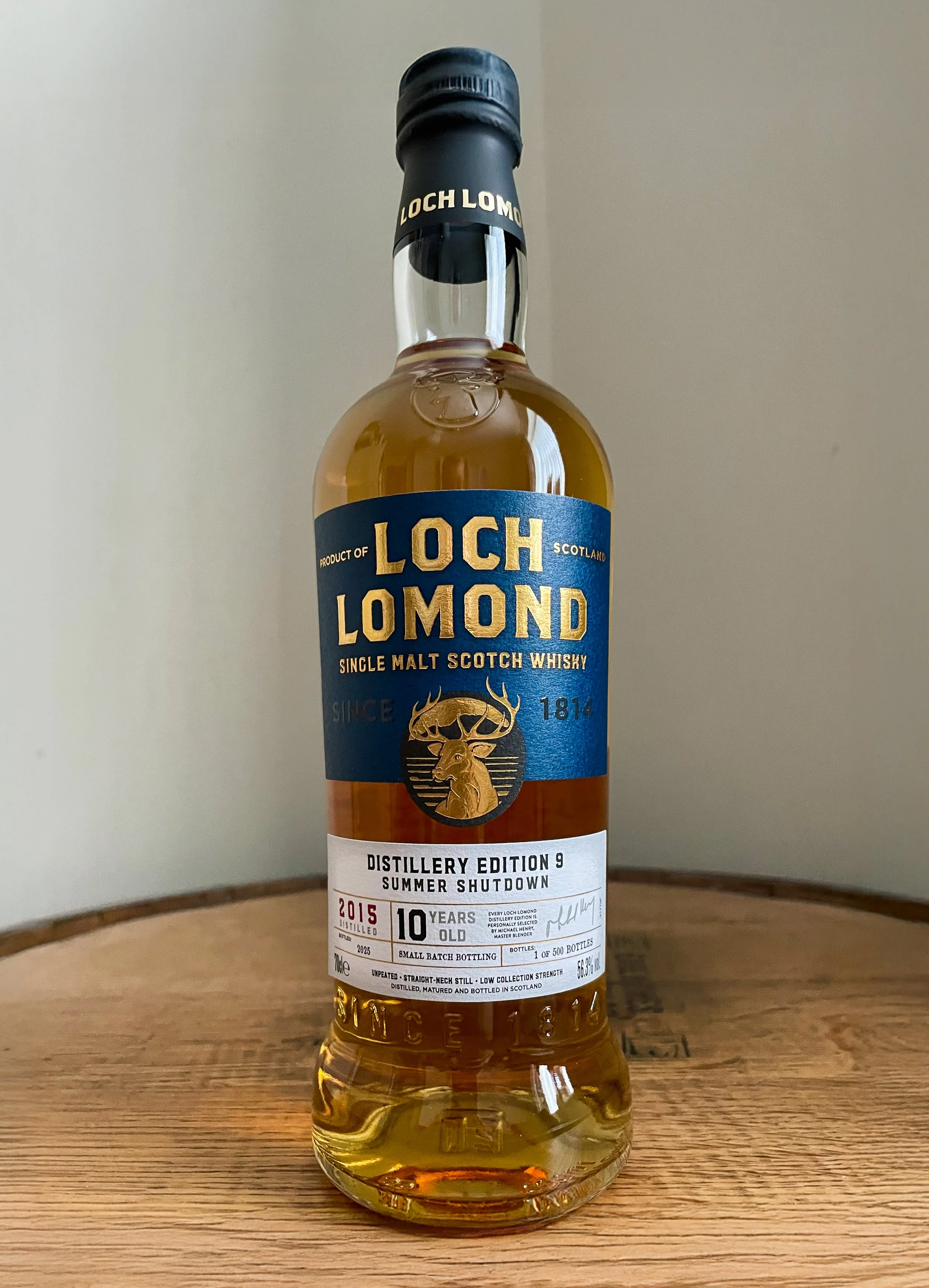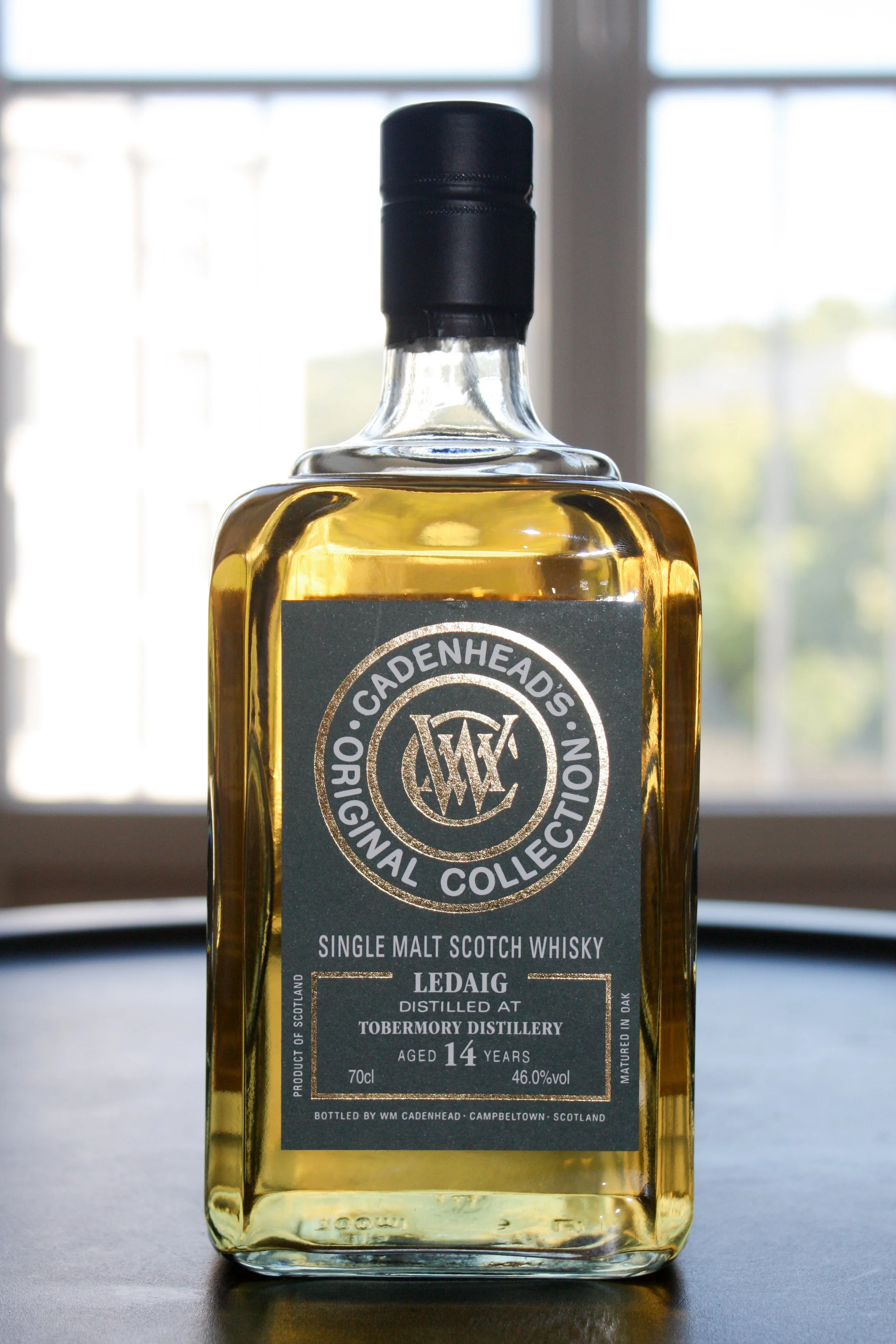Benromach Contrasts High Enzyme
Official Release | 46% ABV
Score: 6/10
Good stuff.
TL;DR
Good, but not their most profound flavour experiment
Experiments and Innovations
“Disrupt yourself before someone else does.” — Clayton Christensen
With the rise of consumer knowledge in Scotch whisky, innovation is becoming increasingly dynamic.
While the industry itself is steeped in years of tradition, many distillers and blenders are looking to embrace new technologies, methods and sustainability practices in order to drive new standards or push flavour-profiles to enhance the enjoyment and experience for the whisky drinker.
There are guidelines and guardrails to which Scotch whisky producers must adhere. These are set and governed by the Scotch Whisky Association (SWA). They act as the industry’s trade association, representing the global interests of Scotch whisky and its producers. It ensures that the interests of the sector are considered in various governmental policy decisions that could affect production, export and/or sales, while protecting its reputation and standing across its markets. However, one of its most important roles is to protect the legal definition and integrity of 'Scotch Whisky'.
The SWA enforces these Scotch Whisky Regulations (the 2009 revisions replacing earlier laws from 1988), which specify how Scotch whisky must be produced and what can and cannot appear on the label. So, given the structure of these rules and guidelines set by the SWA, you might rightly assume distilleries and whisky makers would be risk-averse when it comes to new methods and practices.
In other words, with the regulations so tightly defined - and especially considering the proliferation of so many new distilleries and brands in recent years - we wonder how they might differentiate themselves from the more traditional, legacy methods and brands that we’ve come to know and love, yet still comply with the definitions.
In Ireland, for example, distilleries can use an array of casks and wood types, while previously Scotch was limited to not only exclusively oak, but also oak used for maturing liquid that had been ‘traditionally’ used in the industry i.e. bourbon, sherry, rum etc (this has since been amended to include not just oak casks, but new oak or oak casks that must have been part of the traditional process of creating wine, beer, ale or spirits).
There are examples of how established brands and distilleries have begun to innovate and push the envelope - while remaining within existing definitions - when it comes to distilling methods in the pursuit of flavour and difference. The first that comes to mind is Michael Henry and the various Loch Lomond Distillery Editions released over the past couple of years. At the time of writing we're on Distillery Edition 9, an unpeated, long fermentation, low collection strength 10 year old dubbed ‘Summer Shutdown’. Previous releases have focused on the use of chardonnay yeast or peated malt through a copper column still and even ‘single blends’ (to name but a few). But the extended fermentation releases are of particular interest to me. Why do distillers and blenders choose to experiment at this stage of the process?
Well, during fermentation the yeast convert sugars into alcohol and a host of flavour‐active compounds (esters, acids, aldehydes, etc). A different yeast strain or extended fermentation times can significantly alter the aromatics and flavour profile of the new make spirit.
Other examples can be seen in the likes of Glenmorangie Allta, where Dr Bill Lumsden isolated a wild yeast (named Saccharomyces Diaemath) from ears of barley in close by fields, propagated it and used it for fermentation. InchDairnie is another example of a producer using many different strains (cream yeast, dry yeast) across various seasons of the year to develop different ester profiles.
Experimentation and innovation can also be seen in today's review bottle and distillery spotlight. The High Enzyme release is part of the Benromach’s ever-curious Contrasts Series. A bottle range specifically designed to explore and showcase the different experimental paths which include non-traditional methods in whisky making, while still operating within those SWA guardrails. Examples such as Peat Smoke (using peated barley of 42ppm) and Organic (using organic barley, of course) are hardly ground-breaking, but they were off-piste for Benromach. While releases such as their simultaneously released Kiln-Dried Oak and Air-Dried Oak were fabulously geeky compare-and-contrast expressions in further exploring the already tasty Benromach whisky product. I might add; the Contrasts Series’ have all been released at 46% ABV and carry a fully natural statement with regards to colour and filtration, compared to their core range standard of 43%. At point of writing, rumours abound that 2026 will see this addressed, but we’re yet to receive anything official.
And so we arrive at this High Enzyme edition, using unpeated barley with a high enzyme content. Typically the kind of barley used as the enzyme conversion catalyst in grain whisky production or large-scale brewing, it’s quite unusual for a single malt scotch.
While these experiments and whisky ‘innovations’ can influence and inspire various whisky crafting methods, these approaches can get a little farfetched, especially outside of Scotland. They can often come across as a just-for-the-sake-of-it marketing differentiator to shout above the rest. However, I tend to think of these Contrasts releases as something where they’re sharing the product of genuine purpose and passion. Not simply for the sake of things, but to show the effects of deliberate amendments introduced in various parts of the whisky making process.
Having tried various bottles from the range, such as their Kiln-Dried Oak, Peat Smoke and Organic, there are appreciable differences in the end product. While they all contain that distinctive Benromach flavour profile, they do indeed all display a distinct difference. Let's see if the same can be said here for this High Enzyme release.
Review
Benromach 12yo, Contrasts Series: High Enzyme, single malt scotch, distilled 2012, bottled 2024, 46% ABV
£60 and still some availability
Distilled in 2012, with the whisky matured in first-fill bourbon barrels.
Matured for 12 years, and bottled in 2024, at 46% ABV, non chill-filtered and natural colour.
Still available online for around £60.
Score: 6/10
Good stuff.
TL;DR
Good, but not their most profound flavour experiment
Nose
Some green apples right up front that are alongside lemon rind - almost lemon sherbet like. Tinned pineapples in sugar syrup. A touch minty here too. Reminds me of spearmint Polos. That beautiful malty element is here that I’ve come to expect in Benromach: it’s enticing. It’s followed by mushed banana and white grapes. Some hints of Black Jack sweets (think aniseed) and oat biscuits with icing sugar.
Palate
It’s lively on arrival. Hints of white pepper and a bright floral note greet us. More malt and oat immediately and those notes linger as a clean and crisp sense on the palate that’s a little astringent. Another sip brings those green apples and an almost sugared sweetness, but in the form of honeycomb. Slices of unripened crunchy pear mixed with maple syrup. More grains, some vanilla cream and cake sponge. Hint of fresh dates. The white pepper is there once again followed by grapefruit juice, dried wood chippings and strong bitter coffee.
Overall the finish is decent; quite long but any sweetness or notes of distinction seem to be lost quickly, leaving a dry and bitter element as it fades off.
The Dregs
A lighter than expected dram from Benromach, whose foundation is present even without the smoke and charred wood I’ve come to associate with them and love. I expected a little more in terms of mouthfeel with this whisky and, in that respect, it left me somewhat disappointed. Certainly a better than average whisky though, and my score is reflective of that. I went into this one with an experience bias - based on previous releases I felt could be similar - of effervescence and a mouth feel akin to sparkling water, but that’s not here. What I found was a bright, sweet and lightly-bodied Benromach that brought some complexity and a little grip. However, I’ve come to want a little more from these experimental releases. It is, however, enjoyable and I’m glad to have tried this one.
I applaud the new approach and take on doing the basics differently - but for me, it just didn’t alter things as much as say the Kiln-Dried Oak or Organic releases have previously.
If you find this one in a whisky bar, or can enjoy it as part of a whisky flight, by all means give it a go and see what you think. Benromach and their Contrasts Series are a wonderful batch of experimentation and change from the traditional core range and something fun and geeky.
Here’s hoping some of the experiments can positively weave their way into elevating future releases, especially if they’re eventually realised at 46%.
Score: 6/10
Tried this? Share your thoughts in the comments below. HF
-
Dramface is free.
Its fierce independence and community-focused content is funded by that same community. We don’t do ads, sponsorships or paid-for content. If you like what we do you can support us by becoming a Dramface member for the price of a magazine.
However, if you’ve found a particular article valuable, you also have the option to make a direct donation to the writer, here: buy me a dram - you’d make their day. Thank you.
For more on Dramface and our funding read our about page here.







































